The fifth annual TCM Classic Film Festival opens Thursday night with “Oklahoma” (in which femme fatale Gloria Grahame forays into the musical genre) and runs through Sunday.
The central theme of this year’s festival is Family in the Movies: The Ties that Bind. In keeping with this theme, organizers say, the fest will showcase on-screen clans of all types – big and small, happy and imperfect, musical and dramatic. Additionally, the festival will spotlight Hollywood’s first families and dynasties and will explore the kinship that connects close-knit groups of professionals behind the camera.
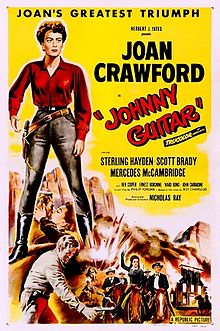 We at FNB are excited about the film-noir slate: “Whatever Happened to Baby Jane?” “Johnny Guitar,” “The Thin Man,” “Touch of Evil,” “Double Indemnity,” “The Godfather II,” “The Naked City,” “Freaks” and “The Lady From Shanghai.” Also not to be missed: The Film Noir Foundation’s czar of noir Eddie Muller will interview neo-noir master director William Friedkin. These are just a few highlights – the fest is packed with cinematic treats and cool events.
We at FNB are excited about the film-noir slate: “Whatever Happened to Baby Jane?” “Johnny Guitar,” “The Thin Man,” “Touch of Evil,” “Double Indemnity,” “The Godfather II,” “The Naked City,” “Freaks” and “The Lady From Shanghai.” Also not to be missed: The Film Noir Foundation’s czar of noir Eddie Muller will interview neo-noir master director William Friedkin. These are just a few highlights – the fest is packed with cinematic treats and cool events.
Meanwhile, TCM came up with a terrific way to celebrate the network’s 20th birthday: the free (yes, free!) TCM Movie Locations Tour, running in Los Angeles. Created in Partnership with Starline Tours, the nifty bus rides started last month and will run through April 14, overlapping with the 2014 TCM Classic Film Festival.
The tours use comfy new buses with stadium-style seating, skylight windows and a 65”-inch HDTV to show movie clips and commentary from TCM host Ben Mankiewicz. (There’s also a Starline tour guide onboard.)
Featured sites include Echo Park (“Chinatown”), the 2nd Street Tunnel (“Blade Runner,” “The Terminator”), Bryson Apartments (“Double Indemnity,” “The Grifters”) and the Gilmore Gas Station (“L.A. Story”), the Bradbury Building (“Blade Runner,” “The Artist”) and Union Station (“The Way We Were,” “Silver Streak”).
This marks TCM’s second sightseeing bus tour. Last August, the network launched the “TCM Classic Film Tour” in New York.
We are told the Los Angeles trips are sold out but it’s possible the schedule will be expanded. Check here for more info: www.tcm.com/20. The FNB team attended the press trip last month and even as Los Angeles residents we were mightily impressed at what we saw and what we learned. Here are a few shots we snapped along the way:



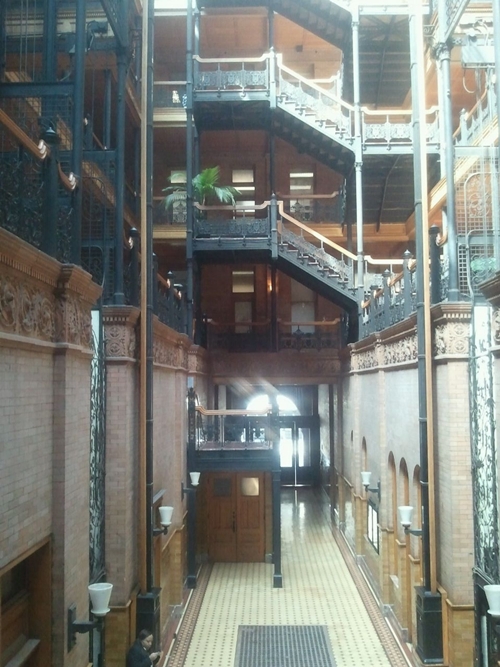
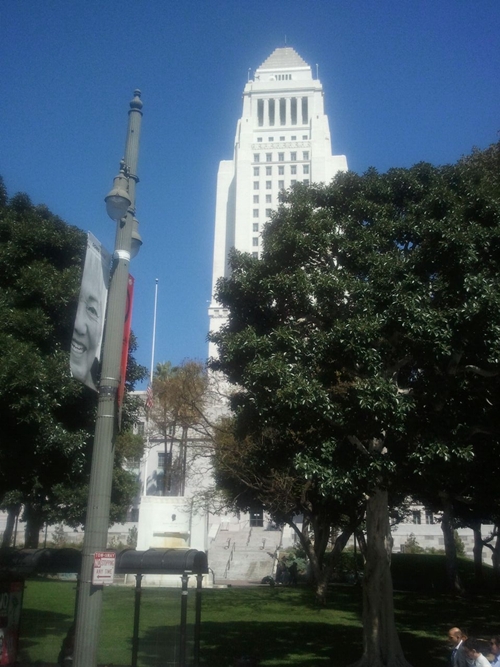

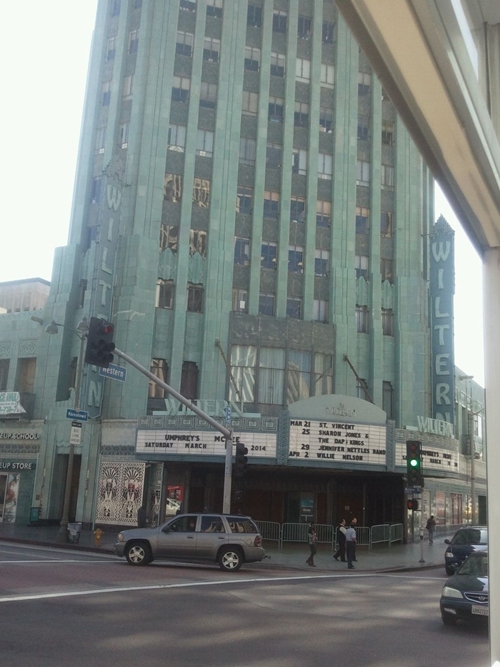
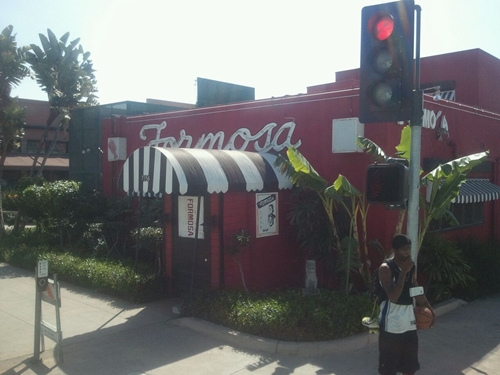





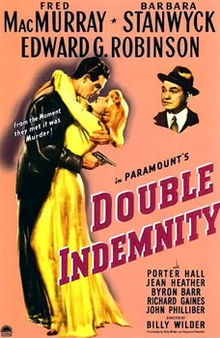
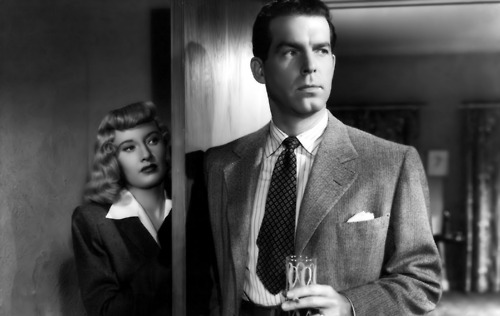
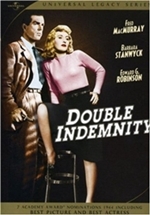
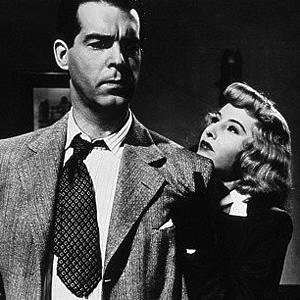
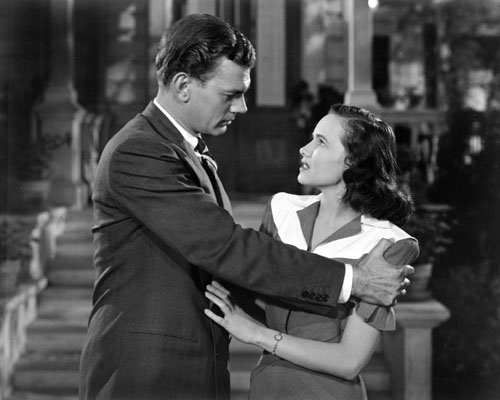
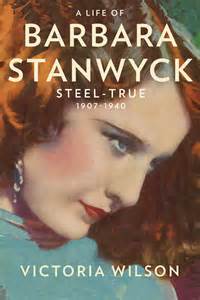
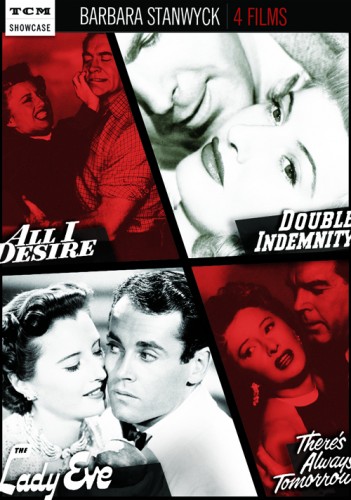
![stanwyckblogathon1[1]](http://www.filmnoirblonde.com/wp-content/uploads/2013/07/stanwyckblogathon11.jpg)
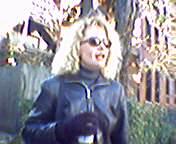
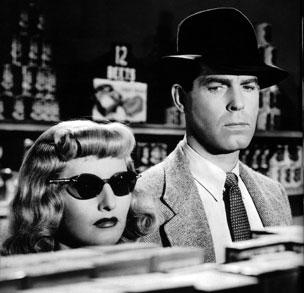
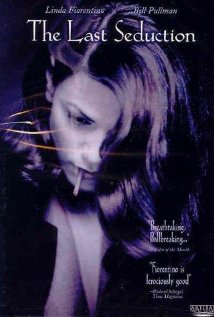
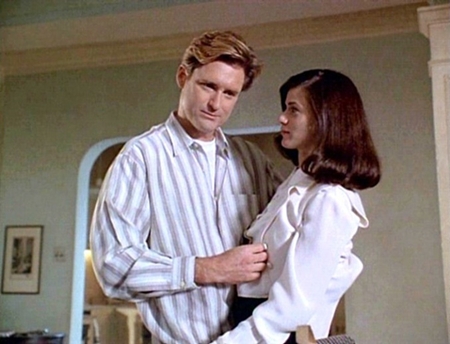
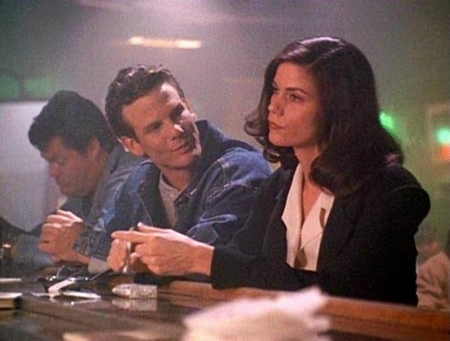
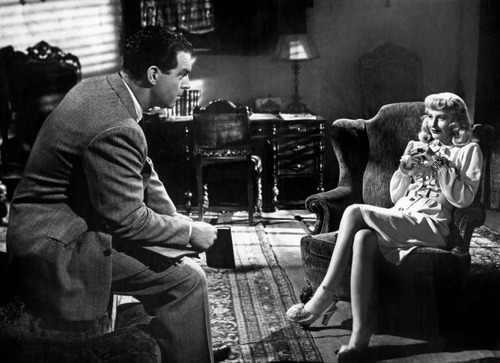
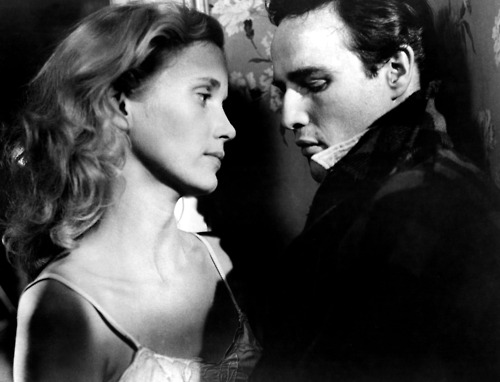
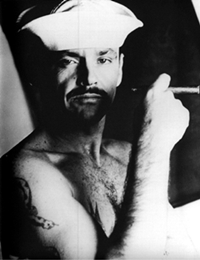
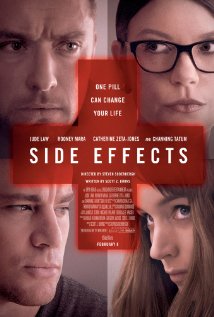
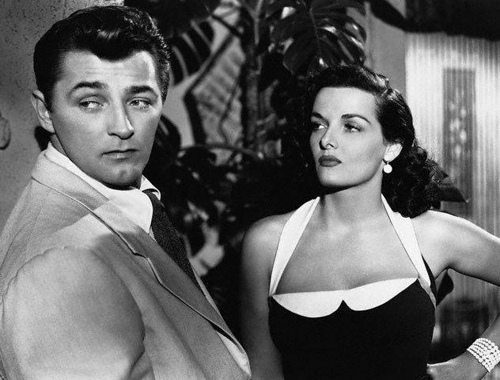
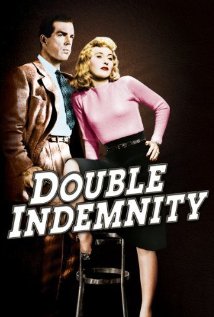





From FNB readers